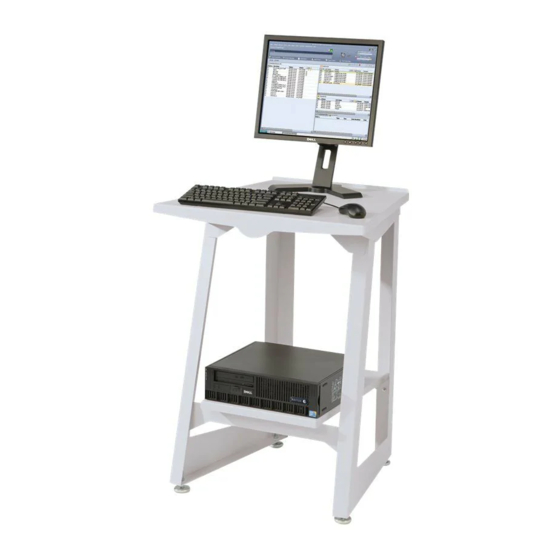Using the Xerox FreeFlow® Print Server IPS Manager
To map the bins to stackers:
1.
Open [IPS Manager] Stacker Mappings tab.
2.
Select [Host Specified Stacking] from the Stacking Specification pull-down menu.
3.
For each virtual Bin used by the host application, select the pull-down menu on the Output
Location column entry for the bin, and select the appropriate Stacker or Group.
4.
Select [Save & Apply] to save your settings and apply them immediately or select [Save] or [Save
As] to store your changes in an existing or new Job Profile for future use.
Creating Stacker Groups
Xerox FreeFlow® Print Server allows the user to define stacker groups by name so that they can be
referenced both from the Queue Manager / Job Manager GUI, as well as from the IPS Manager GUI.
Stacker Groups allow multiple destinations to be assigned to a virtual bin. This allows the job to switch
between the different assigned destinations improving throughput and allowing the operator to
unload the stacker while the job continues to be delivered to another destination. This is similar to
Printer Specified Stacking but the difference is that the system will only switch among the stackers in
the group rather than among all enabled stackers.
Stacker Groups are created in the print server using the Stacking selection from the Printer drop down
menu. Select [Create Stacker Group] to create a new group or right click on a group and select
[Properties] to change the stackers within an existing group. After a stacker group is created in the
Printer dialog, the IPS Manager Stacker Mappings tab includes stacker groups in the pull-down menu
for the Output Location.
The Output Location column shows the mapped output destination for the IPDS virtual bin. This
location is a particular stacker, a stacker group, or another output location, such as a Top Tray, or DFA
device. If the output location is a stacker group, the Stacker columns show which stackers belong to the
group. This allows the operator to see at a glance how the active stacker groups correspond to the
available physical stackers.
Saving the Job Profile
Users may save a group of settings in the Job Profile Editor. The Job Profile can then be retrieved and
opened, populating the IPS Manager tabs with the saved settings.
After making the necessary selections on the Job Settings, Tray Mappings, and Stacker Mappings tabs,
save the Job Profile.
To save a new IPDS Job Profile:
1.
Select [System: IPS Manager]. The IPS Manager window appears.
2.
Select [Manage Job Profile].
3.
Modify the selections for Job Settings, Tray Mappings, and Stacker Mappings.
4.
When finished, select [Save As] to store your changes in an existing or new Job Profile for future
use.
5.
Type a unique name in the Job Profile Name field. You may use a maximum of 64 characters for
the job name.
3-12
Xerox FreeFlow® Print Server
IBM® IPDS User Guide

